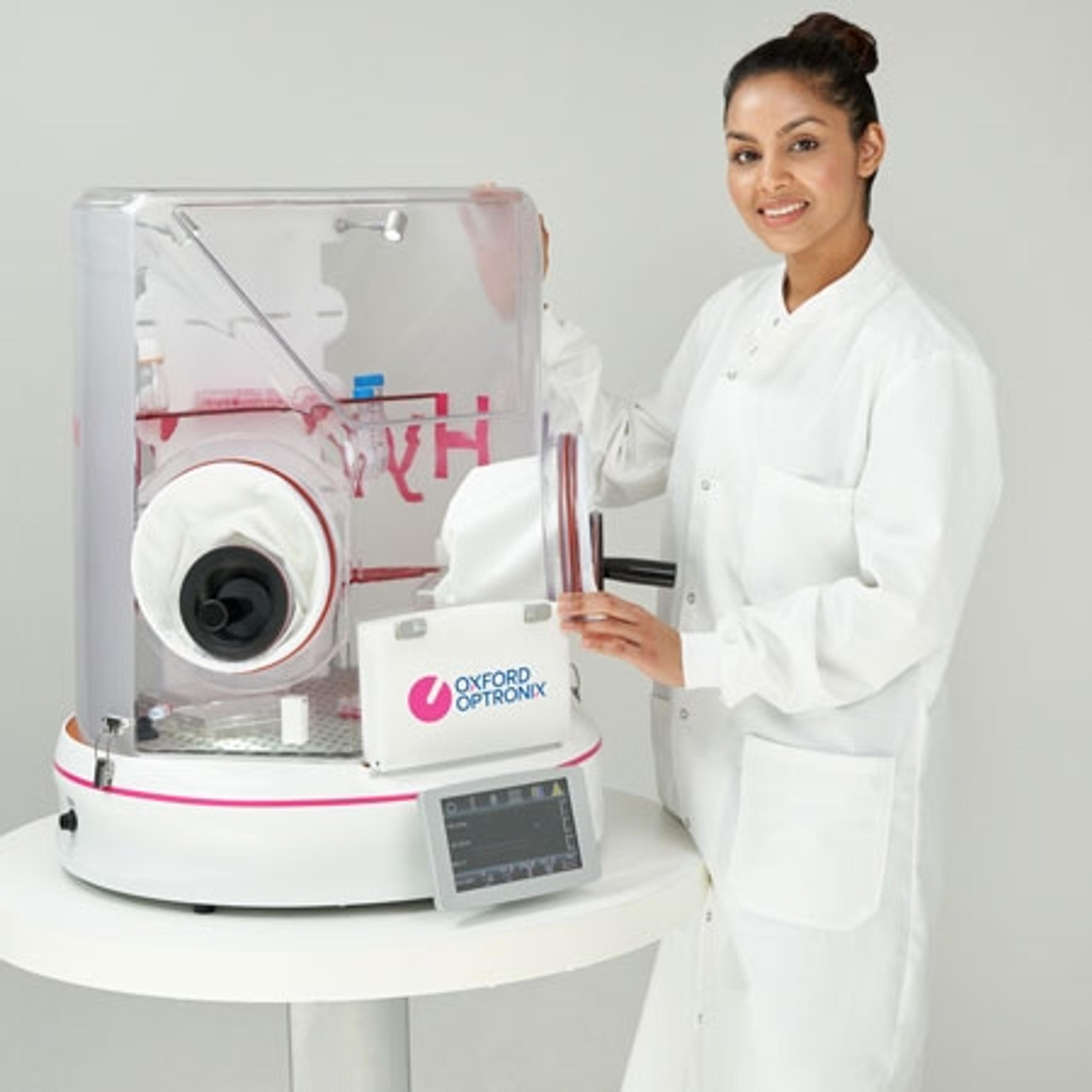Controlled oxygen tissue culture for the everyday scientist
Reproduce physiological conditions in cell-based research with contamination-free tissue culture environments
23 Apr 2023
Cells react in different ways both metabolically and morphologically depending on the environmental factors maintaining and interacting with them. In tissue culture, faithfully reproducing the in vivo cellular environment is vital for meaningful analysis of both cell metabolism and cell function.
Cells in vivo experience oxygen concentrations in the range of 5 – 80 mmHg (approx. 0.5 – 10% oxygen), depending on the tissue type. Yet in vitro cell biology is typically performed in incubators in which cells are exposed to atmospheric levels of oxygen (21%), a 'hyperoxic' state for most cell types. In other words, the oxygen concentration typically encountered by cells in traditional incubators is at least twice that experienced in living tissues.
The HypoxyLab™ workstation, conceived by UK-based company, Oxford Optronix, reproduces physiological conditions in cell-based research by delivering a contamination-free tissue culture environment that offers precise control of oxygen, CO2, temperature, and humidity. It does so in a compact and ergonomic form factor that has been designed to improve ease of use and economical gas consumption.
Uniquely the HypoxyLab controls its oxygen environment using the partial pressure of oxygen, expressed directly in units of mmHg. Since the partial pressure of oxygen varies not only with oxygen concentration but also with altitude and atmospheric pressure, this scientifically rigorous approach substantially enhances accuracy relative to systems controlled using percentage oxygen alone.
This approach therefore also addresses a shortcoming that afflicts all other hypoxic/physoxic workstations in use today: reproducibility. By correcting for both altitude and atmospheric pressure, data generated within HypoxyLab in one location can be compared directly with data generated or reproduced) within HypoxyLab in any other geographical location.

